detail profile robert g vignola
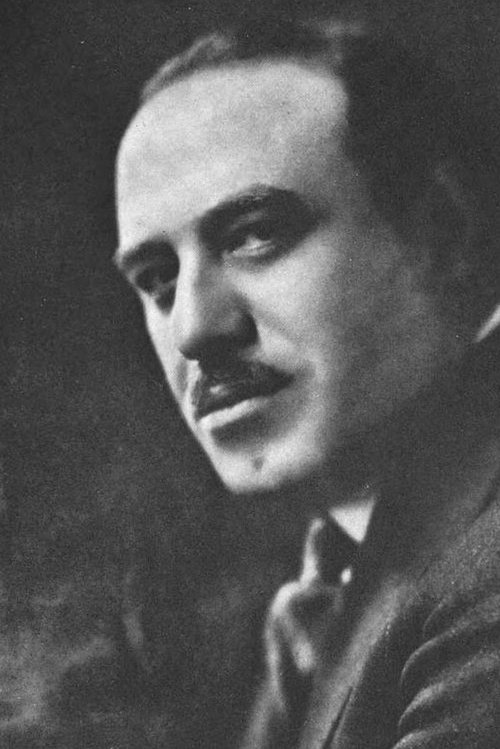
Robert G. Vignola
Robert Vignola
atau dikenal sebagai
Riwayat Hidup
From Wikipedia, the free encyclopedia
Robert G.
Vignola (born Rocco Giuseppe Vignola, August 5, 1882 – October 25, 1953) was an Italian-born American actor, screenwriter and film director in American cinema.
One of the silent screen's most prolific directors, he made a handful of sound films in the early years of talkies but his career essentially ended in the silent era.
Born at Trivigno, in the province of Potenza, Vignola left Italy with his family at the age of 3 and was raised in upstate New York.
He made his acting debut at 19 performing in "Romeo and Juliet", with Eleanor Robson Belmont and Kyrle Bellew.
He began his film career as an actor in 1906 with the short film The Black Hand, directed by Wallace McCutcheon and produced by Biograph Company, generally considered the film that launched the mafia genre.
In 1907 he joined Kalem Studios, for which he made numerous movies.
One of Vignola's most notable film roles was as Judas Iscariot in From the Manger to the Cross (1912), directed by Sidney Olcott, one of the most successful films of the period.
Vignola directed 87 films, most notably The Vampire (1913), sometimes cited as the first "vamp" movie, and Seventeen (1916), where Rudolph Valentino did an uncredited cameo.
He had a long association directing the early movies of Pauline Frederick such as Audrey (1916) and Double Crossed (1917).
His biggest success was the big-budget epic When Knighthood Was in Flower (1922), starring Marion Davies, which achieved critical and commercial acclaim.
Other films include Déclassée (1925), with the uncredited appearance of the then unknown Clark Gable; Broken Dreams (1933), which received a nomination for Best Foreign Film at the Venice Film Festival, and The Scarlet Letter (1934), the last film of Colleen Moore.
Vignola died in Hollywood, California in 1953.
He lived in a mansion at Whitley Heights owned by William Randolph Hearst.
Hearst's mistress Marion Davies was allowed to stay without him at Vignola's mansion, worried that she was having affairs and considering Vignola a trusted companion for her as he was homosexual.
He was buried in St.
Agnes Cemetery, Menands, New York.
Info Pribadi
Peran Yang Di Mainkan Robert G. Vignola
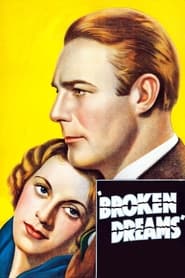 Medical intern Robert Morley is distraught...
Medical intern Robert Morley is distraught...Broken Dreams 1933
Medical intern Robert Morley is distraught after his wife dies in childbirth. He's resentful of his new son and wants nothing to do with him. He leaves the child with his aunt and uncle and heads off to Europe to pursue his medical studies. Morley returns to his hometown six years later, now a successful doctor and engaged to be married to a beautiful socialite. He also feels differently about the boy and attempts to gain custody from his aunt and uncle.
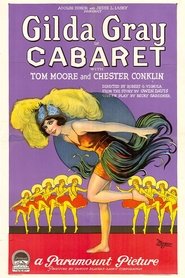 Gloria Trask who has risen from...
Gloria Trask who has risen from...Cabaret 1927
Gloria Trask, who has risen from a squalid East Side environment to stardom in Costigan's nightclub, is admired by Tom Westcott, detective, and Sam Roberts, a gangster with whom her brother is involved. Andy, threatened by the gang, is forced to pay off, and in a showdown in Gloria's dressing room, Andy shoots Roberts in self-defense. Gloria helps her brother to leave on a South American liner, while Tom forces Roberts' girlfriend Blanche to admit to witnessing the crime. Blanche insists that it was murder, but Tom forces her to admit that Roberts had a gun by accusing her of the killing.
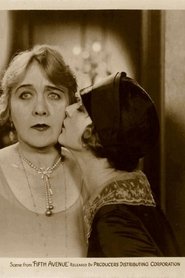 When her cotton crop is burned...
When her cotton crop is burned...Fifth Avenue 1926
When her cotton crop is burned, Barbara Pelham, a beautiful southern girl, comes to New York to find work as a fashion designer, staying with Mrs. Kemp, a woman she meets on the northbound train. In Mrs. Kemp's house, Barbara encounters Peter Heffner, a wealthy stockbroker, and discovers from him that she has taken up residence in a whorehouse. There is a police raid, but Barbara escapes arrest and returns home. Heffner's son, Neil, goes south to inspect some family property and there meets Barbara, with whom he falls in love. They decide to be married, and she accompanies him to New York, where she meets the elder Heffner for a second time. He denounces her as a whore, but Barbara goes to Mrs. Kemp, who explains the misunderstanding to everyone's satisfaction.
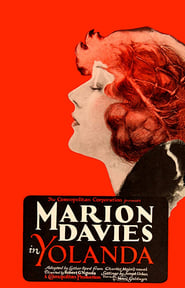 The backdrop is fifteenth century France...
The backdrop is fifteenth century France...Yolanda 1924
The backdrop is fifteenth century France, and Charles, Duke of Burgundy has promised his daughter, Princess Mary, that she can marry the man she loves, Prince Maximilian of Styria. But when the Swiss threaten war, the duke is compelled to take back his word and he arranges for Mary to wed the half-witted dauphin of France's King Louis XI .
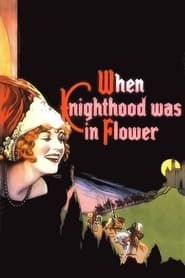 Mary Tudor falls in love with...
Mary Tudor falls in love with...When Knighthood Was in Flower 1922
Mary Tudor falls in love with a new arrival to court, Charles Brandon. She convinces her brother King Henry VIII to make him his Captain of the Guard. Meanwhile, Henry is determined to marry her off to the aging King Louis XII of France as part of a peace agreement.
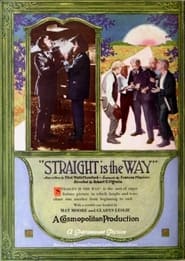 Bob Carter and Loot Follet are...
Bob Carter and Loot Follet are...Straight Is the Way 1921
Bob Carter and "Loot" Follet, are two thieves who locate themselves in the unused part of the New Hampshire home of Aunt Mehitable and her niece Dorcas. Loan shark Jonathan Squoggs presses Mehitable for payment of the mortgage, and the two crooks decide to help the ladies when they consult their Ouija board to find a hidden treasure. Finding the treasure reveals a surprise thief and a chance for new lives for the crooks, Dorcas, and Mehitable.
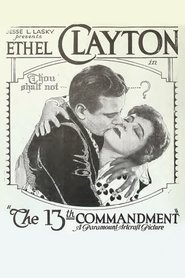 Disillusioned by the transience of wealth...
Disillusioned by the transience of wealth...The 13th Commandment 1920
Disillusioned by the transience of wealth when her father's bank balance can no longer support his family's posh lifestyle, and when her fiancé Clay Wimborn admits that he has gone into debt to shower her with presents, Daphne Kip determines to become financially independent.
 Suzanne Ercoll a young widow who...
Suzanne Ercoll a young widow who...Experimental Marriage 1919
Suzanne Ercoll, a young widow who believes in women's suffrage. When the handsome Foxcroft Grey proposes marriage, Suzanne isn't sure she wants to give up her freedom, so she strikes a deal: From Saturday to Monday they will be husband and wife, but the rest of the week, she is single.
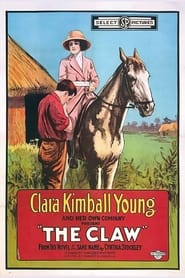 Clara Kimball Young stars as Mary...
Clara Kimball Young stars as Mary...The Claw 1918
Clara Kimball Young stars as Mary Saurin, a British gentlewoman who journeys to South Africa to visit her district-commissioner brother Dick (Henry Woodward). Upon arriving, she is introduced to Major Anthony "Kim" Kinsella (Milton Sills), the most important and influential Army officer in the region. Falling in love with Kinsella, Mary agrees to marry him, but he is apparently killed in a native uprising.
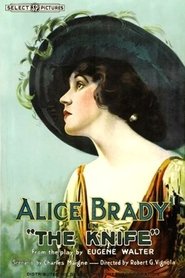 Kate Tarleton grows up on a...
Kate Tarleton grows up on a...The Knife 1918
Kate Tarleton grows up on a Southern plantation and becomes engaged to her guardian, Dr. Robert Manning, a famous surgeon. When Robert, Kate, and her younger sister Mary Lou visit New York, where the doctor wishes to conduct medical experiments, the superstitious Kate goes to the home of a fortune-teller named Stella Hill. Stella, whose principal business is white slave trafficking, drugs Kate and forces her to work in a "den of vice," run by Stella and her accomplice Jimmy Bristol, where she contracts syphilis and goes insane. Robert, Detective Ellis, and a lawyer named Billy Meredith rescue Kate, who recovers her sanity but remembers nothing of her bondage.
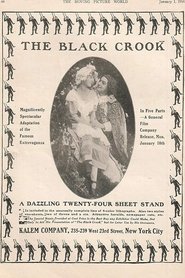 A Faustlike meringue involving a wealthy...
A Faustlike meringue involving a wealthy...The Black Crook 1916
A Faust-like meringue involving a wealthy Count who enters into a deal with the Devil: for every soul he delivers to Satan, the count will be granted an extra year of life. One of the count's victims, an artist named Rodolphe, dedicates his life to punishing the nobleman, a mission he accomplishes with the help of the beautiful Fairy Queen.
 Don Packard an artist forgets his...
Don Packard an artist forgets his...The Cabaret Dancer 1914
Don Packard, an artist, forgets his country sweetheart, Martha, and falls in love with his model, Linee. The boy marries Linee and takes her to his home. Martha conceives a hatred for Linee when she discovers that the girl has robbed her of her lover. Don's father, a parson, is horrified when he learns of his son's worldly wife. When Linee realizes the trouble her marriage to Don has caused, she runs away, Martha does her utmost to stir up trouble. For two years Don searches in vain for Linee, who has become a cabaret dancer. Dupree, a Frenchman, falls in love with the girl, but she repels his advances, Don enters the restaurant just as Dupree, mad with jealousy, attempts to shoot Linee.
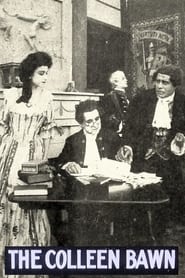 A young Irish boy has fallen...
A young Irish boy has fallen...The Colleen Bawn 1911
A young Irish boy has fallen in love with a poor girl and wants to marry her, but his mother will stop at nothing, including murder, to see that he marries his rich cousin.
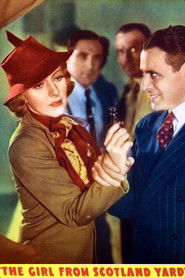 A female agent tacks down the...
A female agent tacks down the...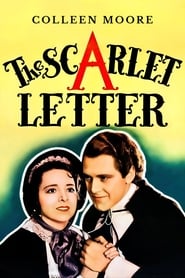 In the seventeenth century in Massachusetts...
In the seventeenth century in Massachusetts...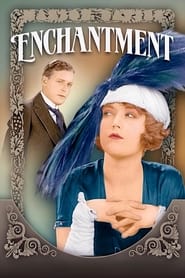 The frothy experiences of a vain...
The frothy experiences of a vain...
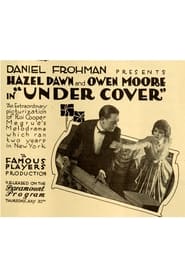 A woman returning from a trip...
A woman returning from a trip...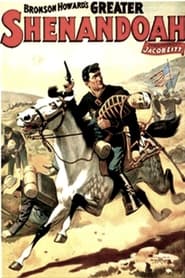 Bronson Howards Great Civil War Story...
Bronson Howards Great Civil War Story...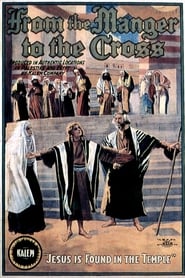 The life of Jesus is played...
The life of Jesus is played...